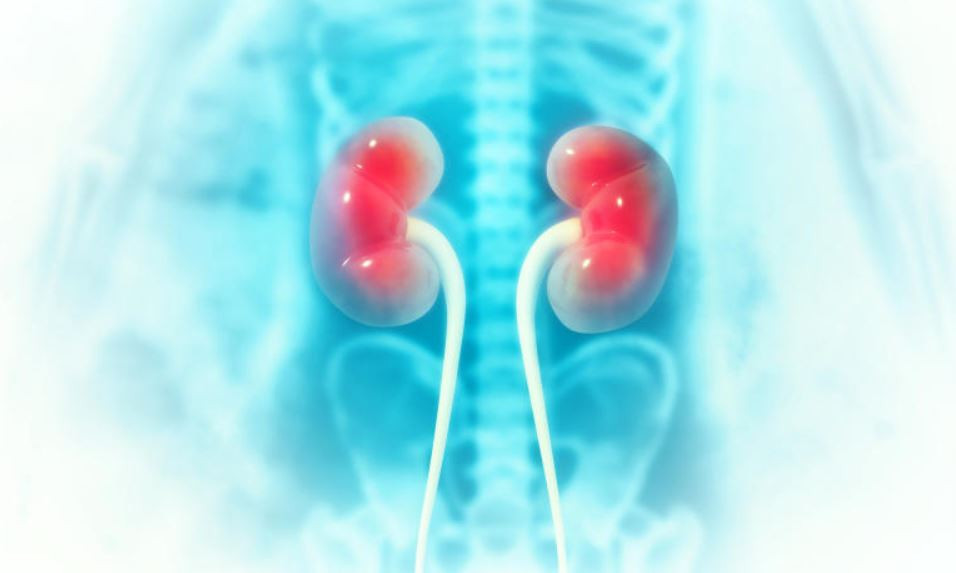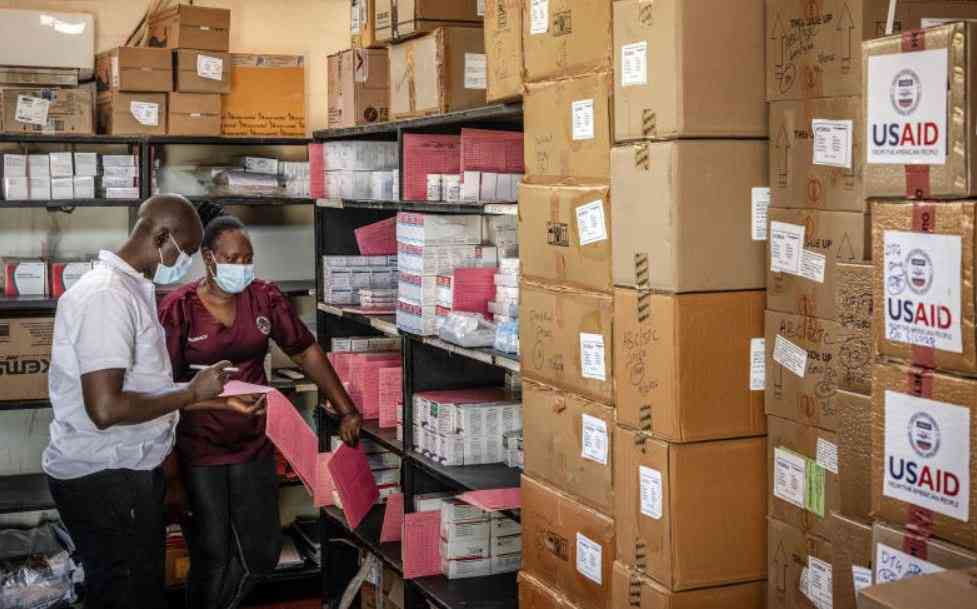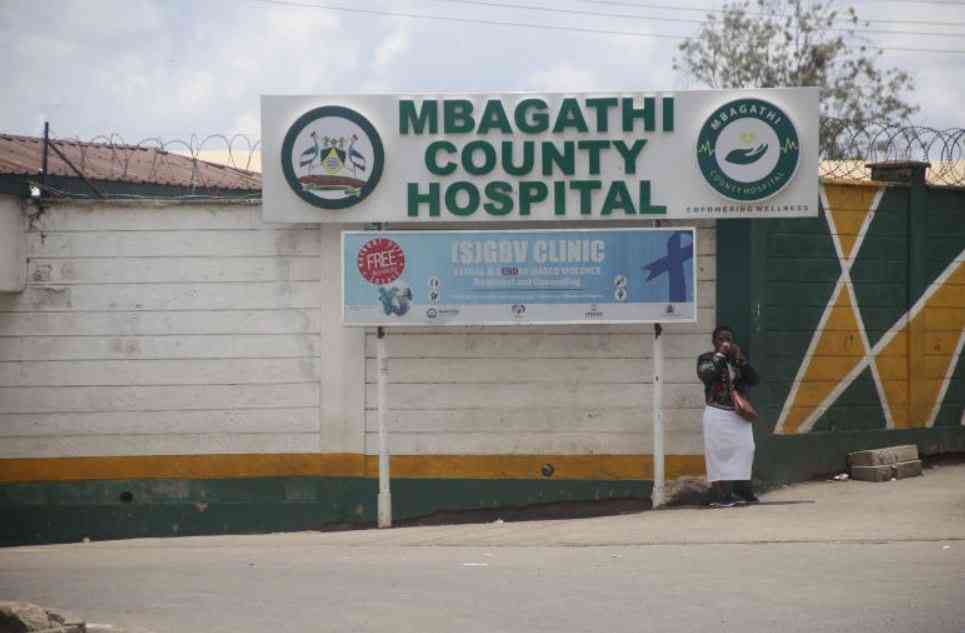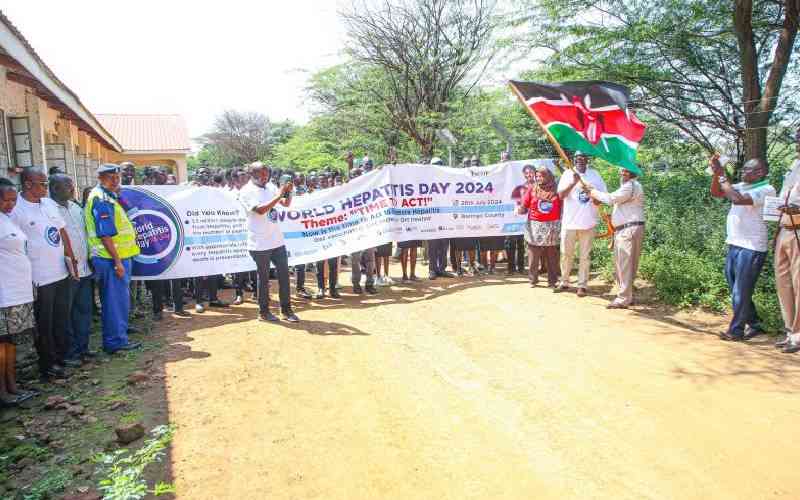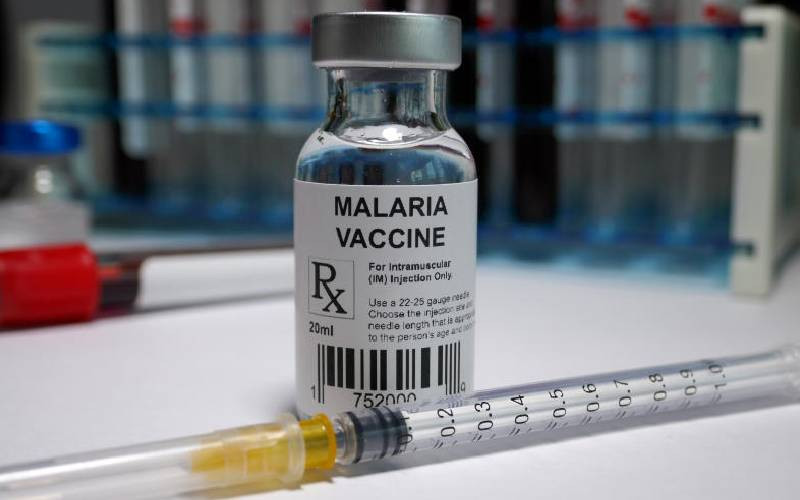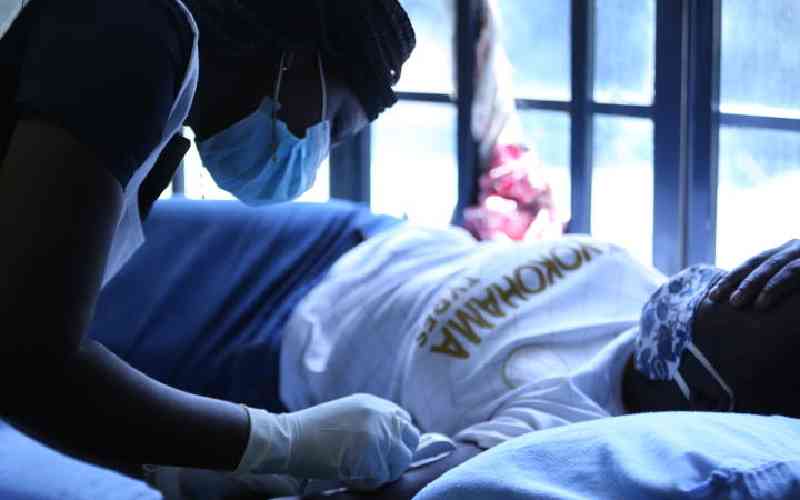
The budget for domestic travel, vehicle purchases, operating expenses, and routine maintenance at the Ministry of Health has been dropped in the proposed supplementary estimates.
These non-core areas had been allocated Sh55 million in the 2024/25 budget estimates presented to the National Assembly by the then Treasury and Planning Cabinet Secretary, Prof Njuguna Ndung'u.
Under the supplementary estimates, the approved budget for the health sector has been revised from Sh127.1 billion to Sh118.2 billion.
The revised estimates for the financial year 2024/25 comprise Sh86.6 billion in recurrent expenditures and Sh31.6 billion in capital expenditures.
The allocation is a decrease of Sh122 million and Sh8.8 billion in recurrent and development expenditures, respectively, owing to budget rationalisation in the two-state departments-public health and medical health.
- Health allocation fails to plug US aid gap, dimming UHC ambitions
- Healthcare stakeholders question Ruto's SHA sponsorship approach
- How Kaptagat's green model has revived forests, boosted incomes
Keep Reading
The development budget for medical services will be reduced by Sh6.99 billion.
The redacted budget is expected to implement four key programmes, including National Referral and Specialised Services, Curative and Reproductive Maternal Newborn Child Adolescent Health, Health Research and Innovations, and General Administration.
"This therefore revises the allocation to development for the State Department from Sh34.9 billion to Sh27.9 billion. Notably, Sh5.3 billion and Sh787 million is a reduction from National Referral and Specialised Services and Health Research and Innovations programmes respectively," reads the Departmental Committee on Health report on proposed supplementary estimates.
Further, the supplementary budget proposes to reduce a total of 17 projects to zero.
The National Assembly Committee of Health has questioned the justification and rationale used by the National Treasury and the Ministry of Health in this decision.
Chairperson of the committee, Dr Robert Pukose, noted, "This reduction will negatively impact the local manufacturing of commodities."
Cases of unwanted pregnancies may increase after a cut in family planning.
The supplementary budget has proposed to reduce the budget for the Procurement of Family Planning and Reproductive Health Commodities by Sh500 million.
The committee said the reduction may affect the supply chain and stock levels at Kenya Medical Supplies Authority (KEMSA).
KEMSA had been allocated Sh5.2 billion under the withdrawn Finance Budget 2024/2025.
"Notably, the target to have 55 per cent of women population accessing family planning services has been reduced to zero," adds the report.
Additionally, the budget proposes to reduce to zero the allocation for procurement of a Linear Accelerator (LINAC) at Kenyatta National Hospital (KNH).
Zero allocation is reported at a time when cancer patients struggle to access services at the referral hospital, which is equipped with only one LINAC.
The supplementary budget has also proposed a Sh260 million reduction to Kenya National Blood Transfusion Services.
The parliamentary committee also raised concern about this, noting that the reduction will revise the number of Kenya Blood Transfusion and Transplant establishments with the capacity to collect blood from 65 to 45.
Blood drives and services have in the past heavily depended on donor support.
Kenya requires at least 500,000 pints of blood annually to treat patients, a demand now lagging at 350,000 pints.
In the budget, Kenya Medical Research Institution (KEMRI) has only been allocated Sh400 million, an amount that the parliamentarians note will compromise the manufacturing of diagnostic kits.
The National Treasury had allocated Sh2.5 billion to the research institution.
Meanwhile, the Public Health budget has been revised from Sh28.2 billion to Sh26.2 billion.
Now, the budget is Sh22.6 billion for recurrent expenditures and Sh3.7 billion for development expenditures for the department.
According to the committee report, the proposed reduction in the recurrent budget will lead to the revision of set targets.
For instance, the number of medical drugs tested for quality and safety by the National Quality Control Laboratories has been revised from 85 to 75.
 The Standard Group Plc is a multi-media organization with investments in media
platforms spanning newspaper print
operations, television, radio broadcasting, digital and online services. The
Standard Group is recognized as a
leading multi-media house in Kenya with a key influence in matters of national
and international interest.
The Standard Group Plc is a multi-media organization with investments in media
platforms spanning newspaper print
operations, television, radio broadcasting, digital and online services. The
Standard Group is recognized as a
leading multi-media house in Kenya with a key influence in matters of national
and international interest.

